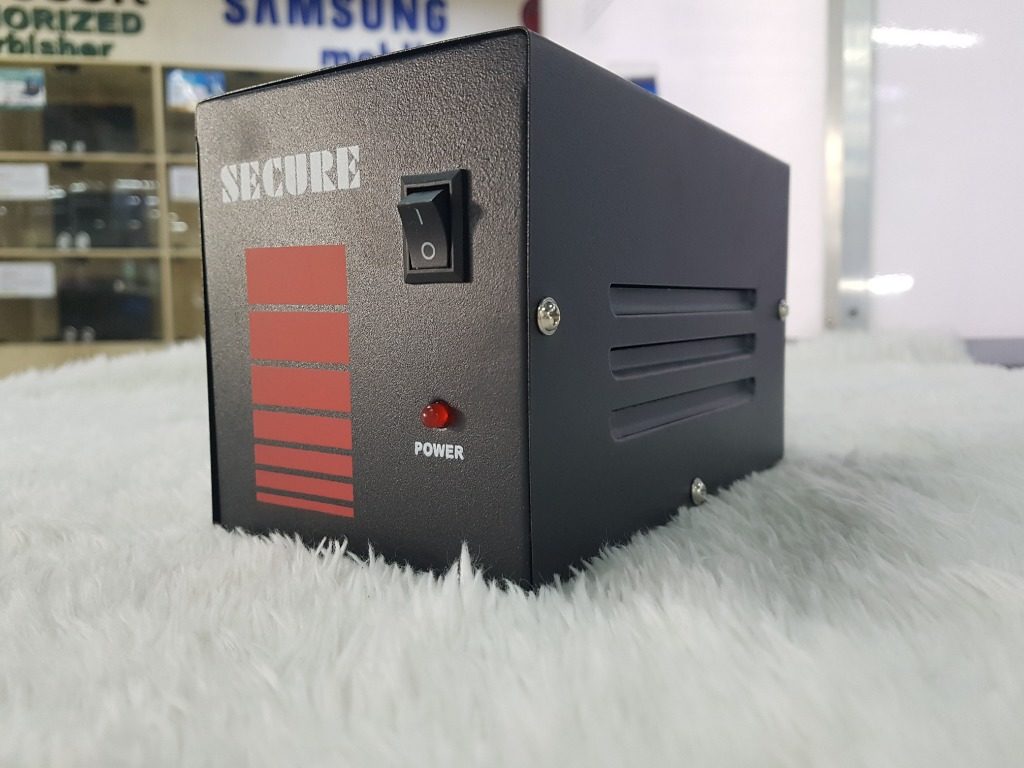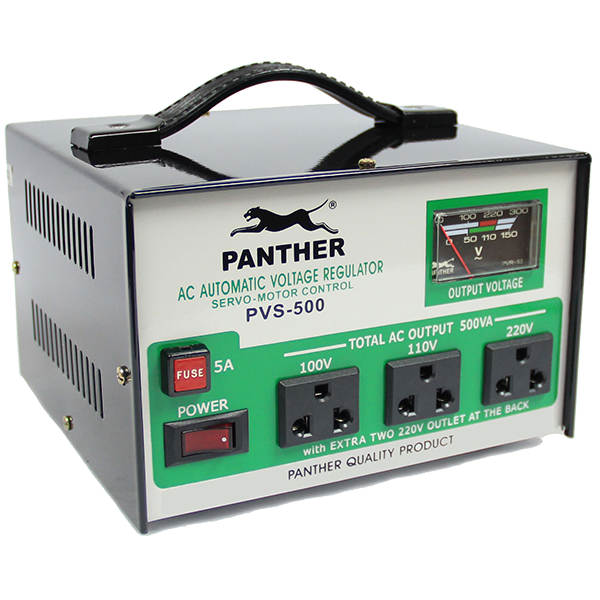
PROs and CONs of Auto Volt Regulators (AVRs)
Are you considering installing an automatic voltage regulator (AVR) for your home or business? Before making a decision, it’s important to weigh the pros and cons. On one hand, AVRs can provide stable and consistent power, protecting your electronics and appliances from voltage surges and brownouts. On the other hand, they can be expensive to install and maintain, and may not be suitable for every situation. Keep reading to learn more about the benefits and drawbacks of AVRs.
An automatic voltage regulator (AVR) is a device that is used to stabilize the voltage in an electrical system. It works by continuously monitoring the voltage and making adjustments as needed to maintain a consistent level. AVRs can be useful in situations where the voltage is prone to fluctuations or surges, as they can help protect your electronics and appliances from damage. However, there are also some drawbacks to using AVRs. In this article, we will explore the pros and cons of using an AVR in your home or business.
Automatic voltage regulators (AVRs) can be used with computers to help stabilize the voltage and protect against voltage fluctuations and surges. If your computer is located in an area with unstable power or is prone to voltage fluctuations, AVR can help ensure a consistent and reliable power supply. This can help improve the components of the computer, such as the motherboard, processor, and RAM.
However, it’s important to note that AVRs may not be suitable for every computer setup. In some cases, the power supply unit (PSU) within the computer may already have built-in voltage regulation, in which case an AVR may not be necessary. It’s also important to ensure that the AVR you choose is compatible with your computer and meets your specific power needs.
Pros of using an automatic voltage regulator (AVR):
1. Stable and consistent power: AVRs can help stabilize the voltage in an electrical system, providing a consistent power supply for your electronics and appliances.
2. Protection from voltage surges and brownouts: AVRs can help protect your devices from damage caused by voltage fluctuations or surges.
3. Energy efficiency: AVRs can help reduce energy consumption by regulating voltage and minimizing waste.
4. Increased lifespan of electronics and appliances: By protecting your devices from voltage surges and brownouts. AVRs can help extend their lifespan.
Cons of using an automatic voltage regulator (AVR):
1. Cost: AVRs can be expensive to purchase and install, and may require ongoing maintenance.
2. Limited protection: AVRs may not be able to protect against extreme voltage fluctuations or surges.
3. Compatibility issues: AVRs may not be suitable for all types of electrical systems or devices.
4. Complexity: AVRs can be complex to install and operate, and may require specialized knowledge and expertise.
Overall, the decision to use an AVR will depend on your specific needs and circumstances. It’s important to carefully consider the pros and cons before making a decision.
In the battle between stability and cost, which side will you choose? On one hand, automatic voltage regulators (AVRs) can provide stable and consistent power, protecting your electronics and appliances from voltage fluctuations and surges. On the other hand, they can be expensive to purchase and install, and may not be suitable for every situation. Whether an AVR is right for you will depend on your specific needs and circumstances. Consider the pros and cons carefully before making a decision – your electronics (and wallet) will thank you!


